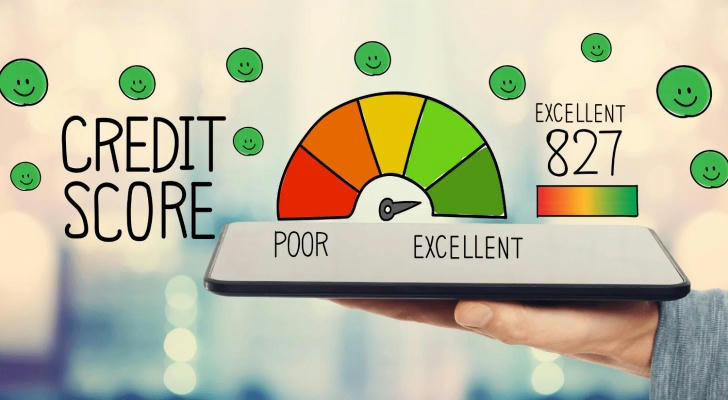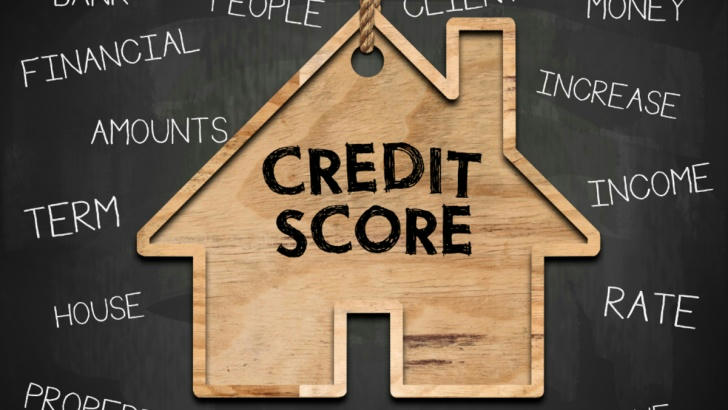How to Improve Your Credit Score: A Practical Guide to Better Financial Health
Your credit score is more than just a number — it’s a reflection of your financial trustworthiness. Whether you’re applying for a mortgage, renting an apartment, or even landing a job, your credit score plays a crucial role. A higher credit score not only gives you access to better financial products but also saves you money through lower interest rates. If you’re looking to improve your credit score, you’re not alone. Let’s explore practical, effective steps to boost your score and strengthen your financial future.

1. Understand Your Credit Score
Before you improve your credit score, it’s essential to know where you stand. In the U.S., the most commonly used credit score model is the FICO score, which ranges from 300 to 850. Scores generally fall into these categories:
• Excellent (800-850)
• Very Good (740-799)
• Good (670-739)
• Fair (580-669)
• Poor (300-579)
You can check your credit score for free through your bank, credit card issuer, or reputable financial websites. You’re also entitled to a free annual credit report from each of the three major credit bureaus: Equifax, Experian, and TransUnion at AnnualCreditReport.com.

2. Pay Your Bills on Time — Every Time
Payment history accounts for 35% of your FICO score, making it the most influential factor. Even one missed payment can significantly impact your credit score.
How to stay on track:
• Set up automatic payments for credit cards, loans, and utilities to avoid late fees.
• Create reminders in your calendar for upcoming due dates.
• If you miss a payment, pay it as soon as possible — the longer a bill remains unpaid, the more damage it does.
3. Reduce Your Credit Utilization Ratio
Your credit utilization ratio — the amount of credit you’re using compared to your total available credit — makes up 30% of your credit score. Ideally, you want to keep this ratio below 30%, but lower is even better.
For example: If you have a credit card limit of $10,000 and your balance is $4,000, your credit utilization is 40% — too high.
Ways to lower your utilization:
• Pay down existing debt faster than the minimum required payment.
• Request a credit limit increase, but don’t increase your spending.
• Spread your expenses across multiple credit cards to keep individual balances low.
4. Don’t Close Old Credit Accounts
The length of your credit history contributes 15% of your credit score. Even if you no longer use an old credit card, keeping it open (with a zero balance) can help maintain a longer average credit age.
Exceptions:
• If the card has a high annual fee and you’re not using it, consider closing it — but be prepared for a slight dip in your credit score.
• If it’s a newer card with a low limit, it may not affect your score much when closed.
5. Diversify Your Credit Mix
Your credit mix — the different types of credit you use — makes up 10% of your score. Lenders like to see a responsible mix of credit, such as:
• Revolving credit: Credit cards and lines of credit
• Installment credit: Mortgages, car loans, student loans
Tip: Don’t take out loans just for the sake of diversifying. Only open new accounts when it makes financial sense.
6. Limit Hard Inquiries
Each time you apply for a new credit card or loan, the lender performs a hard inquiry on your credit report. Too many hard inquiries in a short time can lower your score.
Better strategies:
• Space out credit applications by at least six months.
• Pre-qualify for loans or cards with soft inquiries before applying.
• Avoid applying for multiple credit lines at once unless absolutely necessary.
7. Dispute Errors on Your Credit Report
Mistakes on credit reports are more common than you’d think — and they can hurt your score. Check your credit reports regularly for:
• Incorrect account balances
• Accounts you didn’t open
• Payments reported as late when paid on time
If you spot an error, dispute it directly with the credit bureau. They are legally required to investigate and resolve issues within 30 days.
8. Build Credit Responsibly
If you’re new to credit or rebuilding after financial setbacks, take steps to establish a positive credit history:
• Get a secured credit card: These require a cash deposit and are easier to qualify for.
• Become an authorized user on a family member’s card with good credit history.
• Consider a credit-builder loan: These loans hold the borrowed amount in a savings account until you’ve made all payments.
Real-Life Success Story: How Lisa Improved Her Credit Score by 150 Points
Lisa, a 28-year-old teacher from California, had a credit score of 580 due to missed payments and high credit card balances. Determined to buy a home, she took action:
• Set up automatic payments to avoid late fees.
• Paid off $5,000 in credit card debt over 18 months.
• Kept old credit accounts open to maintain a longer credit history.
• Checked her credit report regularly and disputed an incorrect late payment.
Within two years, Lisa’s credit score jumped to 730 — putting her in the "Good" range and qualifying her for a mortgage with a low interest rate.
Final Thoughts: Take Control of Your Credit Score

Improving your credit score takes time, patience, and consistent effort. By understanding the factors that influence your score and taking smart financial steps, you’ll not only boost your number but also gain greater financial freedom.
Start today by reviewing your credit report, paying down debt, and making on-time payments. The higher your credit score, the more opportunities you’ll have for better financial products, lower interest rates, and long-term stability.
For more expert tips on credit management and financial well-being, consider visiting trusted resources like MyFICO and NerdWallet.
